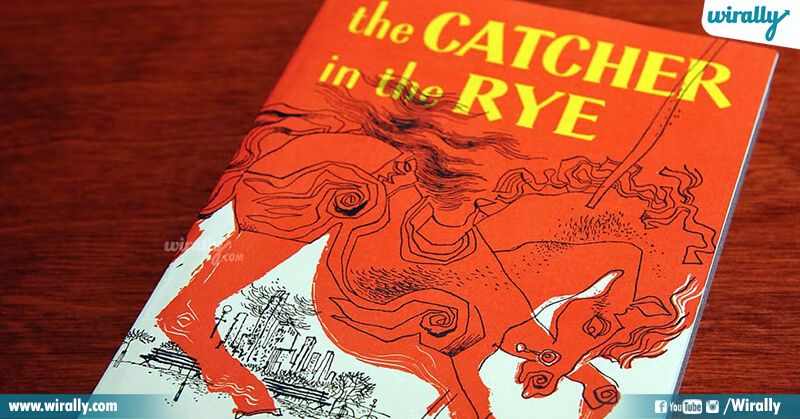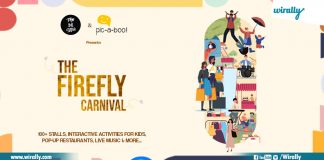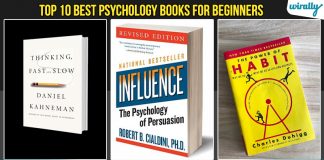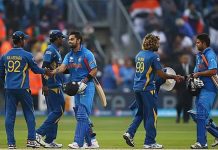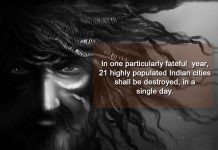Top 10 Most Banned Books of All Time
How can I astonish the reader? How do you design a story that profoundly affects a reader’s mind and thought process? It doesn’t matter what you write about as long as you touch readers’ hearts, great writers from various eras all agree.
This assertion essentially concludes that not all people agree with the author’s revolutionary ideals. Furthermore, it frequently seems as though the writer chose their words deliberately to shock the audience rather than to amuse them. This may be the case, but this list of the ten most renowned novels that were formerly banned features well-known tales that may have never been published.
10. Slaughterhouse-Five, by Kurt Vonnegut, Jr:
A satirical book titled “Slaughterhouse-Five, or The Children’s Crusade: A Duty-Dance with Death” discusses World War II-era events. Since Kurt Vonnegut, Jr., the author of SLAUGHTERHOUSE-FIVE, witnessed the Dresden firebombing, this book is also somewhat autobiographical. The theme of this tale is the “consequences of being human.” Billy Pilgrim, the chaplain’s assistant, is a protagonist and a non-combatant and non-killer. Billy is struggling alone with the coincidences of time, war, mental illness, and love that have led him to where he is. Due to its violent, irreverent, profane, and sexually explicit content, this book was formerly deemed “dangerous,” yet it is now crucial as society enters a new era and deals with new issues.
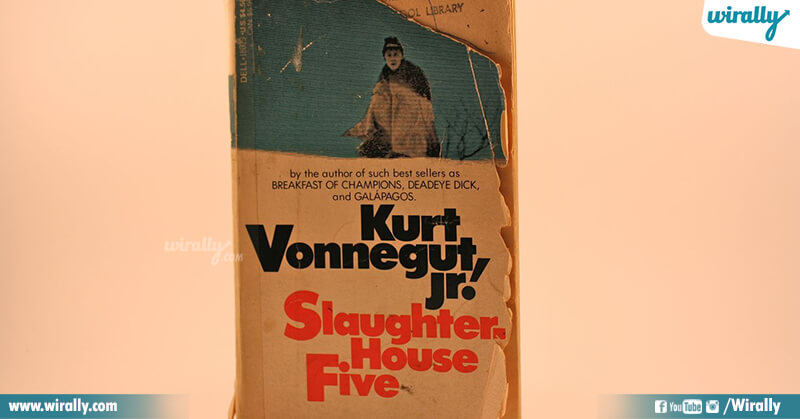
9. The Shining, by Stephen King:
The Shining is a horror book. The main character, writer Jack Torrance, beats his alcoholism. Jack happily accepts a job as the hotel’s caretaker during the off-season in the Colorado Rockies as he looks for inspiration. He brings along his wife and a young boy as well. Without any means of outside communication, they are all by themselves in the mountains. Soon after a winter storm traps them in the hotel due to snow, weird entities residing there start to have an impact on Jack’s sanity. Authorities found this book to be unsuitable. It was alleged that it makes fun of Christians and is full of violence and demonic possession. However, it is now well-known due to issues with isolation, loneliness, and insanity as well as the flawless film adaptation.

8. Nineteen Eighty-Four, by George Orwell:
Another dystopian book on our list is Nineteen Eighty-Four. It transports us to a world where conflict never ends, and government surveillance is pervasive. Public manipulation is widespread and is governed by George Orwell’s novel Nineteen Eighty-Four. We were given the political system known as English Socialism. The Inner Party, the wealthy elite, is in charge of all of this. The absolute ban on individual and alternative thinking, which is seen by authorities as “thoughtcrime,” is arguably the scariest aspect of this fear. This book received harsh criticism for its pro-Communist content and graphic sexual content, which is why the government and society opposed it. Today, though, it’s critical to comprehend the underlying nature of things and the value of freedom.
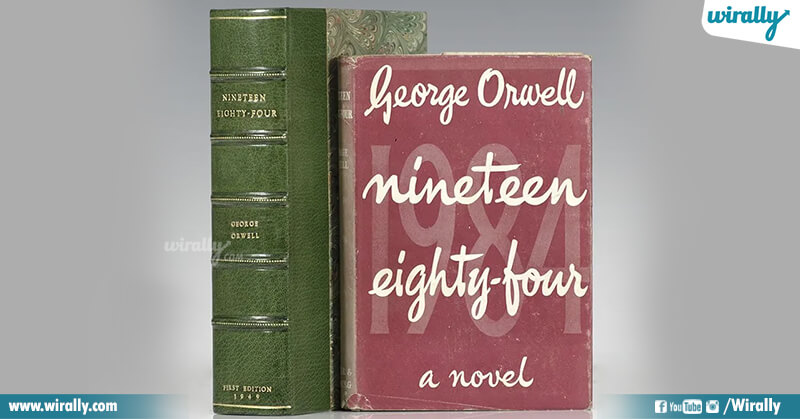
7. The Martian Chronicles, by Ray Bradbury:
Ray Bradbury’s famous and almost classical book was challenged and banned for its “profanity and the use of God’s name in vain.” “The Martian Chronicles’ ‘ essentially tells the story of how humanity colonized Mars while Earth was being devastated by atomic wars, natural disasters, and a lack of resources. The book depicts a bloody war between native Martians and the new immigrants, which only one nation can endure. Not only is “The Martian Chronicles” a terrific novel, but it also stimulates a lot of thoughts. Are we allowed to be here? How much harm have we already done? What will become of it all? This book was challenging, but it also makes us consider how we are treating the earth.
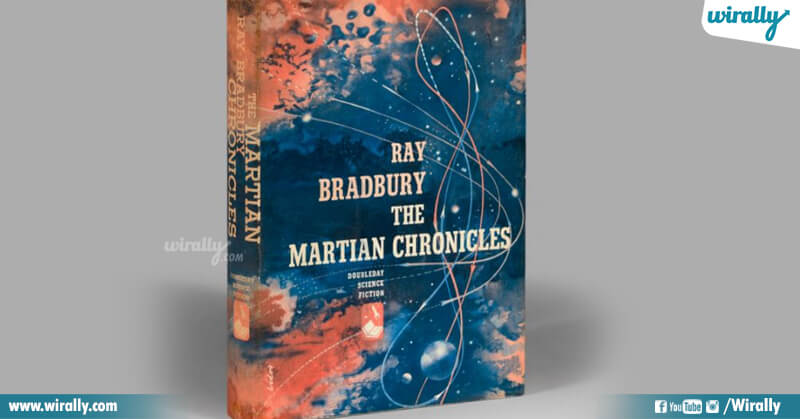
6. Brave New World, by Aldous Huxley:
Because it “focused on negative activity, and strong language, BRAVE NEW WORLD, by Aldous Huxley. And for apparently being anti-family and anti-religion,” this book was frequently banned in the United States. Lenina Crowne and Bernard Marx are the two main characters, as is John, a guy they rescued in the desert who is unable to fit in a society where “love,” “mother,” and “family” are outlawed. The intriguing aspect of this tale is that A. Huxley anticipated the emergence of reproductive technology, social influence, and response conditioning—three factors that radically altered society and are still significant today. It appeals to the human spirit, pleading with us to remain as a family rather than as a tribe and expressing our dread of being used by our impulses.
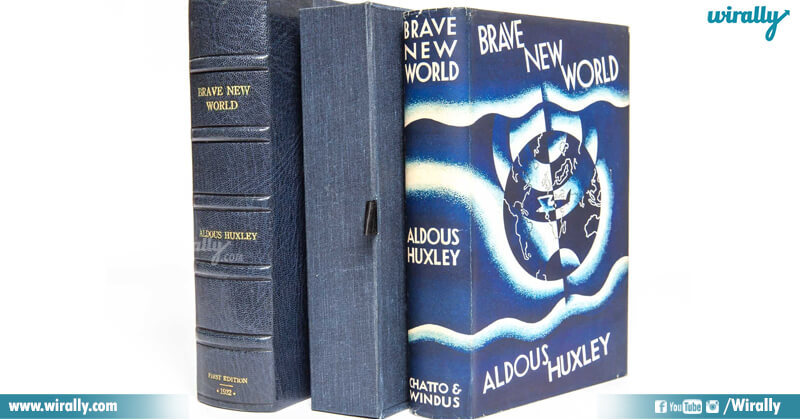
5. Lord of the Flies, by William Golding:
For a variety of reasons, the US government, educational institutions, and libraries all outlawed this book. But primarily because it clarified how even peaceable people may kill one another in desperate circumstances to survive. Although the brutality and battle to get an order they are confronting are amplified by the fact that our main characters are only teenagers who were unfortunate enough to end up on a tropical island following an aircraft disaster. As a result, truly terrible things happen, like murders, violence, and manhunts.
The major problems raised in this book are even more crucial in this day and age of extreme violence, murders, and abuse, when children are out of control, and when human nature is coming into the open.
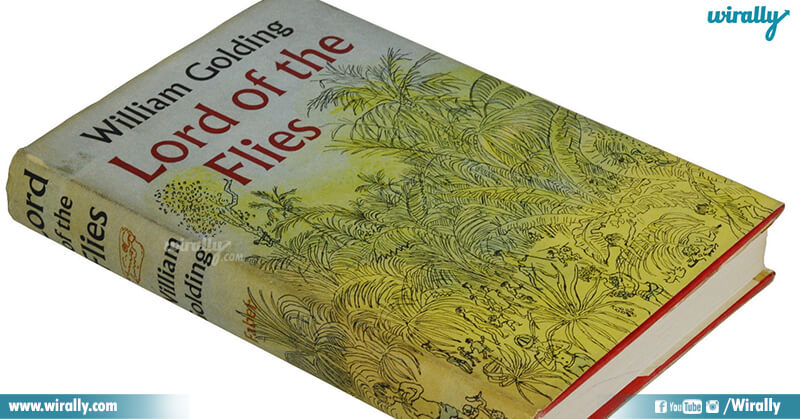
4. The Adventures of Huckleberry Finn, by Mark Twain:
It seems unusual to assume that this book might be prohibited because of its content and inappropriate language when we almost always consider children to be the target audience. Mark Twain’s HUCKLEBERRY FINN: THE ADVENTURES.
Huckleberry “Huck” Finn, a buddy of Tom Sawyer from “The Adventures of Tom Sawyer,” is the one who tells the story. In a little hamlet close to the Mississippi River, Finn and Sawyer observe the ingrained prejudice and racism of the locals.
The somewhat satirical “Adventures of Huckleberry Finn” vividly illustrates people, places, and, more importantly, social connections in which “one individual is more significant than another.” These days, it’s vital to read works like these to keep in mind that there is still a long way to go before everyone can live in equality.

3. A Farewell to Arms, by Ernest Hemingway:
Although we now refer to it as classic, this wasn’t always the case. The horrors of World War I, love, duty, and fear are all discussed in the book. The main character, an American named Frederic Henry, is an ambulance driver in Italy who is working as a Lieutenant or Tenente. Catherine Barkley and Frederic fall in love, and the two of them battle the horrors of war to preserve their romance. Previously, this book was classified as a “sex novel” and outright prohibited by libraries and schools. The United States government once believed it to be risky due to some “mature” situations, but today we must take into account the significance of thinking (and talking) about issues like conflict, peace, love, death, and even sex, as well as cynical troops, combat, and the uprooting of populations.

2. A Clockwork Orange, by Anthony Burgess:
Because it was written by Anthony Burgess and is now so well-known and well-liked, this book was outright prohibited in the middle them to late 1980s. “Offending” vocabulary. In this dystopian tale, the protagonist, Alex, a youngster who depicts his horrific experiences of living a hard existence, leads us into a very violent future world. A book that had received little criticism from the public was pulled from various libraries and schools.
These days, it is quite popular due to several important issues, like teenage violence, rape, homeless children, and fear of living in a “future” world where anarchy and total control exist side by side. This is in addition to Anthony Burgess’ fascinating writing style.
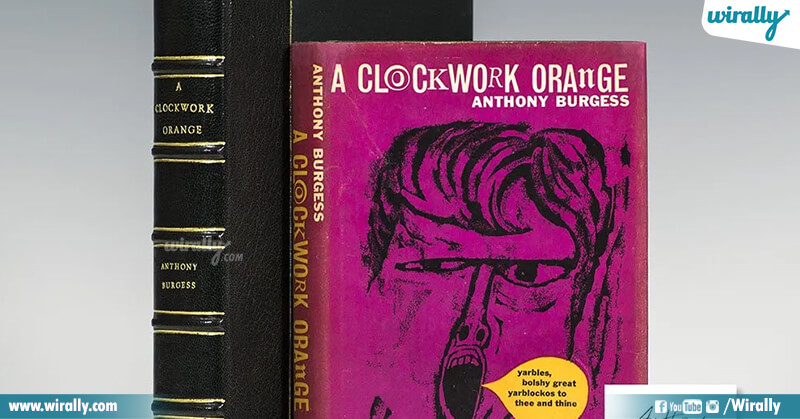
1. The Catcher in the Rye, by J.D. Salinger:
It was the book that US high schools in the 1980s banned the most. Mr. Salinger discusses a recently expelled pupil. While he still has a few days before returning home, he chooses to have some fun in New York and discuss his dropout with his parents. Alcohol, prostitutes, former girlfriends, and, unexpectedly, an old instructor and younger sister are all part of having fun. Yes, there are several actions in the book in which a 16-year-old boy shouldn’t participate. But that’s not the book’s aim; instead, it’s to present us with the struggle of the new generation, which is so uncertain of its future, while encouraging the “rebellion” mentality of teenagers. This is done through the main character’s intelligent and engaging internal monologue.
